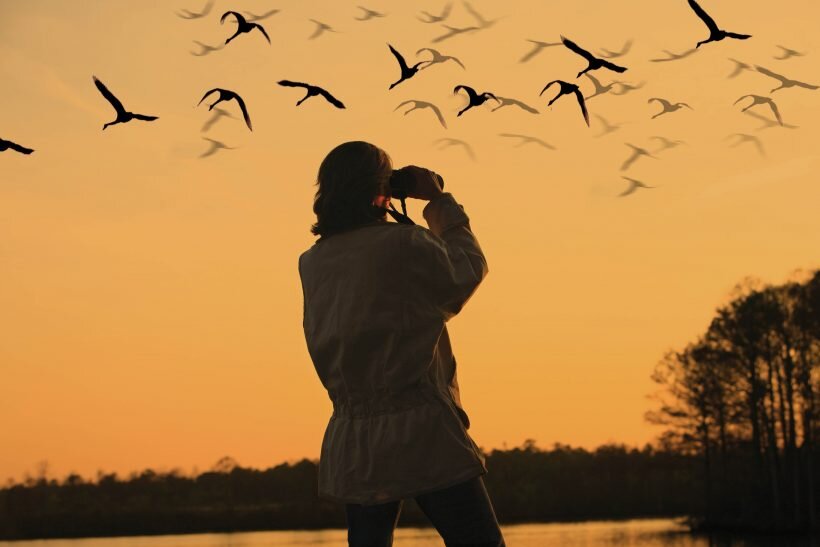Birdwatching needs more investment to propel tourism: expert

TEHRAN – Birdwatching in Golestan needs more investment to propel tourism growth in the northern Iranian province, IRNA quoted an expert as saying on Thursday.
“Home to tens of wetlands and lakes, Golestan hosts hundreds of thousands of migratory and native birds per annum. Though the province has considerable potential to be a hectic destination for bird-watchers, achieving this capacity of the neglected tourism industry requires more investment and principled planning,” Abdolhakim Edrisi said.
Birdwatching is a field of nature tourism and healthy recreation that helps polish the soul and spirit in today’s machine life and creates indescribable tranquility, he stated.
“This capacity has been neglected in this northern province to bring more employment economic prosperity,” Edrisi added.
Birdwatching, the observation of live birds in their natural habitat, is a popular pastime and scientific sport that developed almost entirely in the 20th century.
The northern provinces of Gilan, Golestan, and Mazandaran embrace a variety of freshwater lakes, wetlands, and lagoons, which are the main destinations for traveling pelicans, flamingos, ducks, swans, coots, and some other species.
The south Caspian Sea retreat will remain dominated by its northerly guests until about mid-May when the migration season comes to an end. In a wider scene, the mid-winter population of the migratory birds is estimated to exceed over a million in the whole southern sandy shorelines of the Caspian Sea that spans some 700km.
What pushes migratory birds toward disappearance?
Bird migration is the regular seasonal movement, often north and south along a flyway, between breeding and wintering grounds. Many species of birds migrate. Migration carries high costs in predation and mortality, including from hunting by humans, and is driven primarily by the availability of food.
Unsustainable development in Iran has resulted in habitat fragmentation posing a serious threat to migratory birds. Also, anthropogenic disturbance such as agricultural expansion has resulted in dramatic global habitat loss and fragmentation.
Moreover, poaching, overgrazing, and long-standing drought spells have also impacted habitat destruction which ultimately results in birds’ total extinction.
The most tragic of which was the death of over 30,000 migratory birds in Miankaleh international wetland in late January 2020, which was announced by the veterinary organization that the birds have been killed due to the “botulinum toxin”, but it was finally announced that some fishermen, landowners or hunters may have thrown poison into the water and killed these species.
Dalmatian pelican, Siberian crane, lesser white-fronted goose, and white-headed duck are among the endangered migratory birds which migrate to Iran.
AFM
Leave a Comment